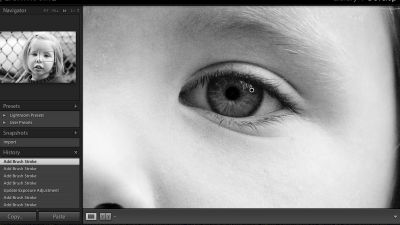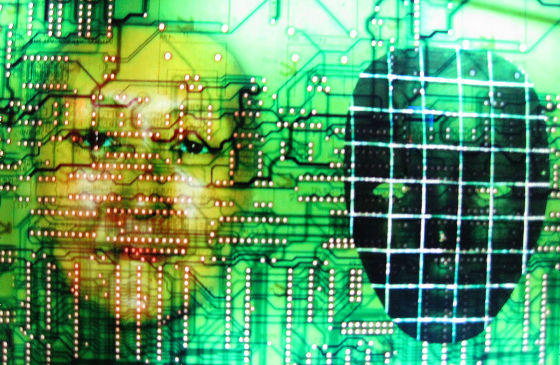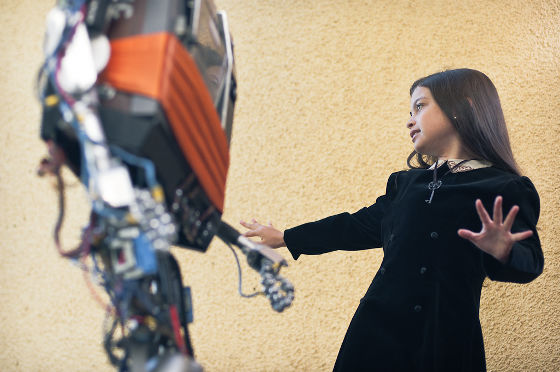The secret research facility "Google X Lab" develops a technique to develop a neural network from zero to the infant level of humans, and the precision of image retrieval is remarkably improved

ByThomas Hawk
Secret facilities operated by GoogleGoogle X Lab(Even nowAutomatic driving carAnd eyeglasses that can stream data in real time before the wearer's eyes"Project Glass"Developed) is newNeural network (artificial neural network), But this seems to be able to identify and classify things without human supervision and furthermore to develop artificial visual cortex from totally zero to human infant degree. The system analyzes millions of uncategorized images from a blank page state and classifies it as "This is a cat" "This is the face of a person".
Google and Stanford create a digital brain that, like an infant, learns to identify a human face from scratch | ExtremeTech
Our team, led by Jeff Dean, cooperated with Stanford University's Andrew Ng and Quoc Le to efficiently create a low resolution artificial visual cortex. This system with 1,000 computers including a total of 16,000 processor cores analyzes 10 million 200 × 200 images captured from YouTube. And thisSystem softwareHas created a network of hundreds of neurons and thousands (or even millions) of synapses over three days and as a result the system seems to identify features of objects such as color, lines, corners and roundness It becomes possible to classify objects from these characteristics.

ByKing Tricia Wang
What is interesting is that certain electronic neurons in this system act as if they were human brains when they saw pictures. Its behavior is almost like an MRI scan, and there are many people 's faces in the left picture below, but when a neuron conveys information as "human face" it will be recognized just like the picture on the right .

Machines have usually been learned by managing by human beings. In other words, the manipulating person taught the computer about the appearance of "This is a cat" at the beginning, this system created by Google and Stanford University started from scratch, It is an amazing point that you can develop with unbelievable accuracy and speed. This system learns by grasping the surrounding situation from a completely blank state, and eventually the artificial visual cortex develops to the degree of human infant degree.

ByJason Hargrove
Andrew Ng said, "This is the algorithm we want, which is ideal if you can make this system even bigger, but I'm intuition that this is not yet an absolutely correct algorithm." .

But, even so, Google should use this system on a much larger scale,The New York Times, Google X Lab has now moved to the search team and it is expected that this system that has been scaled up will improve Google's image search.
Related Posts:
in Note, Posted by darkhorse_log







